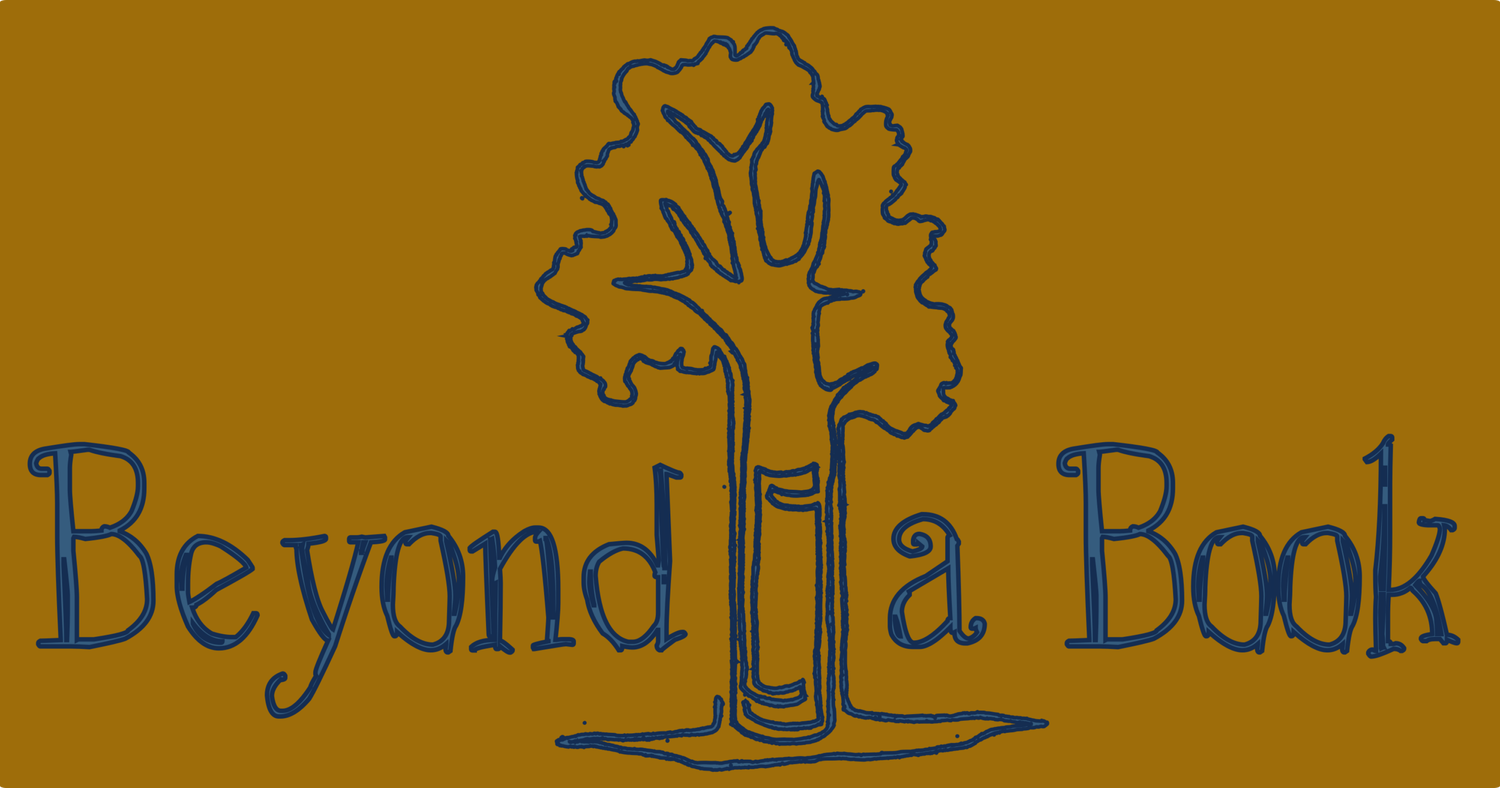by Aaron Viducich
It was something that Sara said to me a while ago that got me thinking. She commented, “it’s interesting how you always remember a place that you have been by remembering a bird that you saw there”. I didn’t pay much thought to the remark, but later the significance of it donned on me. Yes this blog is going to be about birds, but don’t be scared away if you don’t know the difference between a Yellow-billed Magpie and a Ruby-crowned Kinglet, this story is about how I relate the world I’m experiencing with the creatures that are inhabiting it. I will however, include a trip bird list at the end for any fellow bird nerds.
Aaron studies a less-than-real bird
Biking is a perfect way for me to travel and birdwatch at the same time. We move slow enough so that I can see the occasional bird in a roadside thicket, but even more importantly at biking pace I can hear many of the birds that are close to the road. It being springtime right now, the birds have a lot to say. We commonly stop at creeks and rivers (typically good bird habitat) and camp outside most nights. I have even heard a few owls!
For me, learning the local birds and occasionally getting a glimpse of their behavior is a great way to better understand the habitat that I am experiencing. Birds become an avenue for me to learn about new places, and to learn new things about old places. I am always keeping my eyes open and my ears listening for birds, so it keeps me paying attention to all the things that are going on around me. This is where Sara’s comment comes into play. Because birds are such an important part of how I paint the pictures that become my memories, birds are a big part of how I recall places I have visited. Birds provide me with a constant source of things to learn, whether it’s a fresh habitat with all new birds, or I’m tracking down an elusive bird in a familiar place, they keep me on my toes. That is one of the things that attracted me to birding in the first place and now it seems that the more I learn, the more I realize that I don’t know much at all, and I find that exciting.
The trip has been great so far. We have traveled through some vastly different habitats. The trip started in the Pacific Northwest, where a lot of the birds are very familiar to me. The ferry brought us through the inside passage where I was lucky enough to spot a few fast flying sea birds. Now as we are pedaling south through the Boreal forests of Alaska and Canada, the birds are keeping me busy. So far on this trip I have seen several species of birds that I have never seen before. As we head into the Rocky mountains, then down into the great plains and eastward, the list will grow as will my appreciation and understanding of the places we pass through.
Bike49’s Birdlist as of 7.5.2010
- Common Loon
- Western Grebe
- Leach’s Storm-petrel
- Clark’s Grebe
- Horned Grebe
- Brown Pelican
- Pelagic Cormorant
- Double-crested Cormorant
- American Bittern
- Great Blue Heron
- Great Egret
- Tundra Swan
- Common Goldeneye
- Wood Duck
- Mallard
- Gadwall
- American Widgen
- Northern Shoveler
- Lesser Scaup
- Ring-neck Duck
- Surf Scoter
- Canada Goose
- Bufflehead
- Common Merganser
- Hooded Merganser
- Ruddy Duck
- Turkey Vulture
- Bald Eagle
- Osprey
- Northern Harrier
- White-tailed Kite
- Cooper’s Hawk
- Red-tailed Hawk
- Red-shouldered Hawk
- American Kestrel
- Peregrine Falcon
- Ruffed Grouse
- Spruce Grouse
- California Quail
- Wild Turkey
- Willow Ptarmigan
- American Coot
- Killdeer
- Black Oystercatcher
- Lesser Yellowlegs
- Solitary Sandpiper
- Spotted Sandpiper
- Whimbrel
- Wilson’s Snipe
- Mew Gull
- Ring-billed Gull
- Bonaparte’s Gull
- California Gull
- Herring Gull
- Glaucous-winged Gull
- Western Gull
- Arctic Tern
- Common Murre
- Pigeon Guillemot
- Marbled Murrelet
- Ancient Murrelet
- Rhinocerous Auklet
- Tufted Puffin
- Rock Dove
- Western Screech-Owl
- Great-horned Owl
- Northern Saw-whet Owl
- Common Nighthawk
- Belted Kingfisher
- Vaux’s Swift
- White-throated Swift
- Black Swift
- Anna’s Hummingbird
- Rufous Hummingbird
- Acorn Woodpecker
- Nuttall’s Woodpecker
- Hairy Woodpecker
- Red-breasted Sapsucker
- Northern Flicker
- Olive-sided Flycatcher
- Western Wood-pewee
- Pacific-slope Flycatcher
- Black Phoebe
- Hutton’s Vireo
- Casin’s Vireo
- Warbling Vireo
- Steller’s Jay
- Western Scrub-jay
- Gray Jay
- Yellow-billed Magpie
- American Crow
- Common Raven
- Barn Swallow
- Cliff Swallow
- Violet-green Swallow
- Tree Swallow
- Oak Titmouse
- Black-capped Chickadee
- Bush Tit
- White-breasted Nuthatch
- Red-breasted Nuthatch
- Brown Creeper
- Pygmy Nuthatch
- Bewick’s Wren
- Winter Wren
- Wrentit
- Ruby-crowned Kinglet
- Varied Thrush
- American Robin
- Veery
- Swainson’s Thrush
- Hermit Thrush
- Northern Mockingbird
- Bohemian Waxwing
- Cedar Waxwing
- Orange-crowned Warbler
- Yellow Warbler
- Townsend’s Warbler
- Common Yellowthroat
- Wilson’s Warbler
- Western Tanager
- Black-headed Grosbeak
- Spotted Towhee
- Chipping Sparrow
- Song Sparrow
- Fox Sparrow
- Savannah Sparrow
- Dark-eyed Junco
- White-crowned Sparrow
- Golden-crowned Sparrow
- White-throated Sparrow
- Bullock’s Oriole
- Western Meadowlark
- Red-winged Blackbird
- Brewer’s Blackbird
- Brown-headed Cowbird
- Red Crossbill
- White-winged Crossbill
- Pine Grosbeak
- House Finch
- Pine Siskin
- American Goldfinch
- Lesser Goldfinch
- Evening Grosbeak
- House Sparrow
- European Starling
- American Redstart

